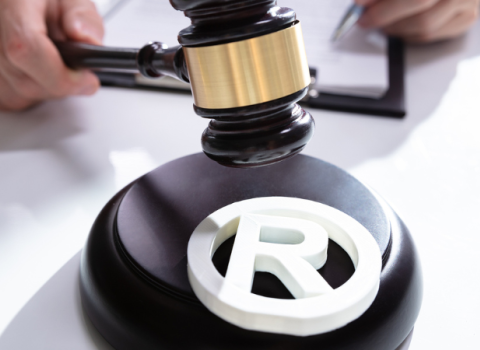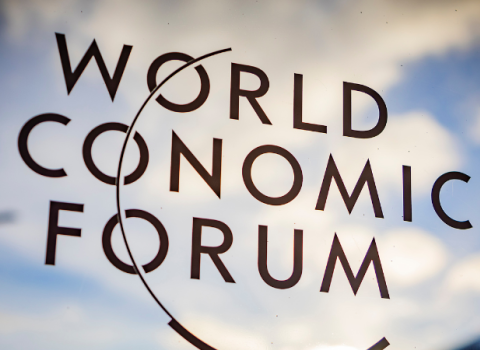
At €300,000 for a language pair, machine translation modules could solve a long-standing problem.
While representatives from universities and business outlined their wish lists for change (see separate section), two well-placed political figures gave their prognosis for the creation of a Community Patent and a single European patent litigation system.
Alain Pompidou, a former president of the European Patent Office and member of the European Parliament, who now advises the French government, among others, on intellectual property reform, warned the 40-strong gathering that failure to make a breakthrough now could render Europe's patent system redundant, due to technological changes afoot.
Some ideas from the Science|Business Policy Bridge meeting: Guiseppe Conti, Head of Technology Transfer, Politecnico di Milano
1. Cancel filing fees, or introduce financial incentives for public Research Organisations to file, thus boosting activity in filing EU patents based on European public research.
2. Introduce a provisional procedure in Europe, similar to the US provisional procedure, for fixing a priority date quickly, with the option of filing the full patent within next 12 months, and in order to be able to publish results without waiting for several weeks for the final patent document.
3. Develop guidelines for managing co-ownership of IP between public research organisations and industry.
Machine translation of patents into all the languages of the European Union is now possible, she said. “The translation of technical language is now highly precise,” she said, adding: “Even if the syntax is often wrong it’s understandable and good enough for non-legal summaries of patents.”
Compared with the astronomical cost of translating all patents into all languages, the system would not be that expensive: it would cost roughly €300,000 for each additional language pair (such a English-to-Hungarian or English-to-Romanian) to develop the electronic dictionaries needed to translate patent summaries into each language, she said.
But not all agree
Such a simple idea could break the three-decade-long gridlock in setting up a Community Patent to replace the patchwork of national patents that exist at present. But, characterising the progress being made by national governments towards this end, Ms Fröhlinger said the chances have “turned gloomy” recently, because a small group of Member States are disagreeing with the idea.
These countries fear that they will become economic backwaters of the European Union if there is an agreement to publish patents in English, French or German – the three core languages of the EU. They want translations within the same legal status as the versions published in one of the core languages.
“There are grounds for optimism. The basis of an agreement is on the table now and there is room for compromise,” she said, but she did warn that the EU has come close to agreeing on a Community Patent on three previous occasions – in 1975, 1989 and 2003.
Mr Pompidou agreed that the translation machine could overcome the biggest cause for failure in the past – language – but he added that this time the stakes are far higher.
“If there’s no breakthrough on the Community Patent on the back of the automatic
Some ideas from the Science|Business Policy Bridge meeting: Benjamin Henrion, Foundation for a Free Information Infrastructure
1. Small companies accused of patent infringement cannot afford to go to court to defend themselves. The proposal for a single litigation area needs to address this.
2. At present most European patents are granted in seven states. With the Community Patent, they will be granted in 27 member states, meaning that in case of infringement, the damages will be calculated over 27 member states. It must not be possible for EU-wide damages claims to bankrupt companies, especially SMEs.
3. A UK judge recently ruled that software was technical while running on a computer, and thus patentable. His decision was based on the article 52.2 of the European Patent Convention (EPC). If the EU joins the EPC and if this judge sits in the central court, what would forbid him from validating software EU-wide software patents EU?
An agreement on a Community Patent would require unanimous support from all 27 EU member states. Spain and Italy’s objections are troubling, Pompidou agreed. He warned that France, which takes over the six-month rotating presidency of the EU from Slovenia in July, “is not ready to move because it is not sure to get unanimity in the Council”.
A Single Litigation Area
Another problem, which has been cunningly sidelined since the end of last year, is the fact that the creation of Community Patent must go hand-in-hand with the creation of a single European litigation area.
Portugal separated the two issues during its six months at the helm last year. The move was praised at the time because it allowed discussions on both issues to progress faster than ever before.
However, to pretend that one or other issue could be sorted out alone, without the other, is unrealistic. “There will be no Community Patent without a harmonised litigation system," Pompidou said.
Sharing some of his inside knowledge of the French government’s thinking, Pompidou said that although his countrymen in office in Paris know what is at stake, the Ministry of Justice remains opposed to the creation of a single litigation area.
On the other hand, he said the French minister for Europe, Jean-Pierre Jouyet, may be in a position to convince the French government to support the creation of the community patent and the single litigation area. “He managed to persuade the Parliament to back the signing of the London Protocol, so he could have another success with the Community Patent and single litigation area,” Pompidou said.
The London Protocol is an agreement to streamline translation requirements. It was ratified earlier this year after France finally agreed to sign up to it. Many countries in the EU, however, have refused to sign it – so its value is limited.





 A unique international forum for public research organisations and companies to connect their external engagement with strategic interests around their R&D system.
A unique international forum for public research organisations and companies to connect their external engagement with strategic interests around their R&D system.